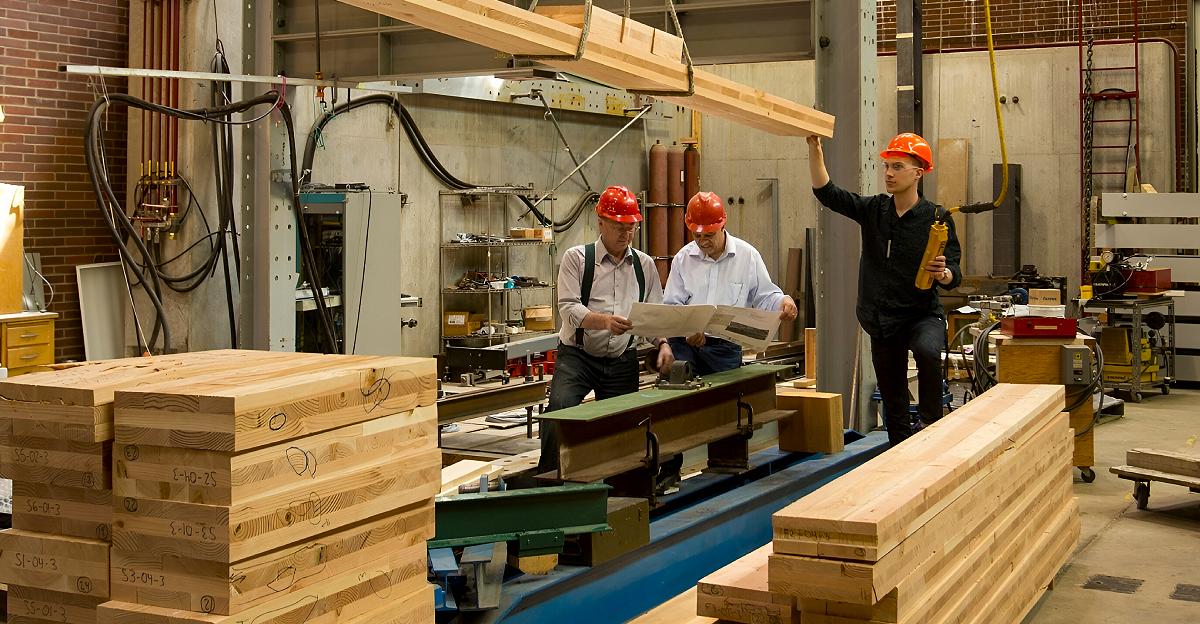
China’s March 2025 ban on U.S. log imports has caused unprecedented layoffs and threatened community livelihoods, causing the Alaska timber industry, a historic pillar of the state’s economy, to face an existential crisis. Historically, more than half of Alaska’s timber exports have gone to China, leaving the state dangerously reliant on a single buyer.
The ban has had immediate and far-reaching consequences, forcing mills to close, contractors to fire employees, and local economies to plummet. It was imposed due to pest concerns and was framed within the larger framework of U.S.-China trade hostilities. Only a small portion of Alaska’s forests, roughly 25 million acres total, are suitable for commercial harvest, making the sector more susceptible to outside shocks.
Boom, Bust, and the Rise of China
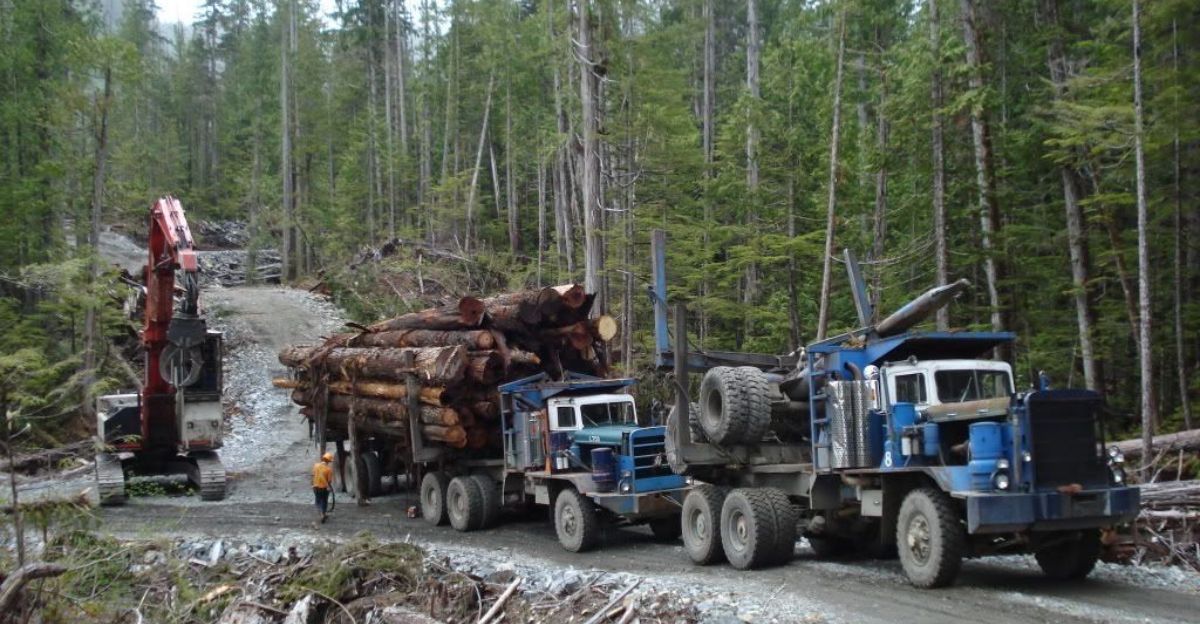
In the past, Alaska’s logging, milling, and shipping industries sustained entire communities and over 4,000 jobs. Following a postwar expansion, particularly in the Tongass National Forest in Southeast Alaska, federal policy changes and environmental litigation gradually reduced permissible harvests, leading to job losses and closed mills by the late 1990s.
China became Alaska’s top export market by 2009 after it emerged as a hungry consumer of softwood logs in the late 2000s, providing a lifeline to struggling operators. But this reliance on one erratic market created the conditions for catastrophe. Bilateral politics, the pandemic-era shipping chaos, and shifts in the demand for lumber worldwide revealed the vulnerability of Alaska’s timber industry, turning it from a diverse, high-volume exporter to a lean, high-risk sector.
The Development of the China Ban
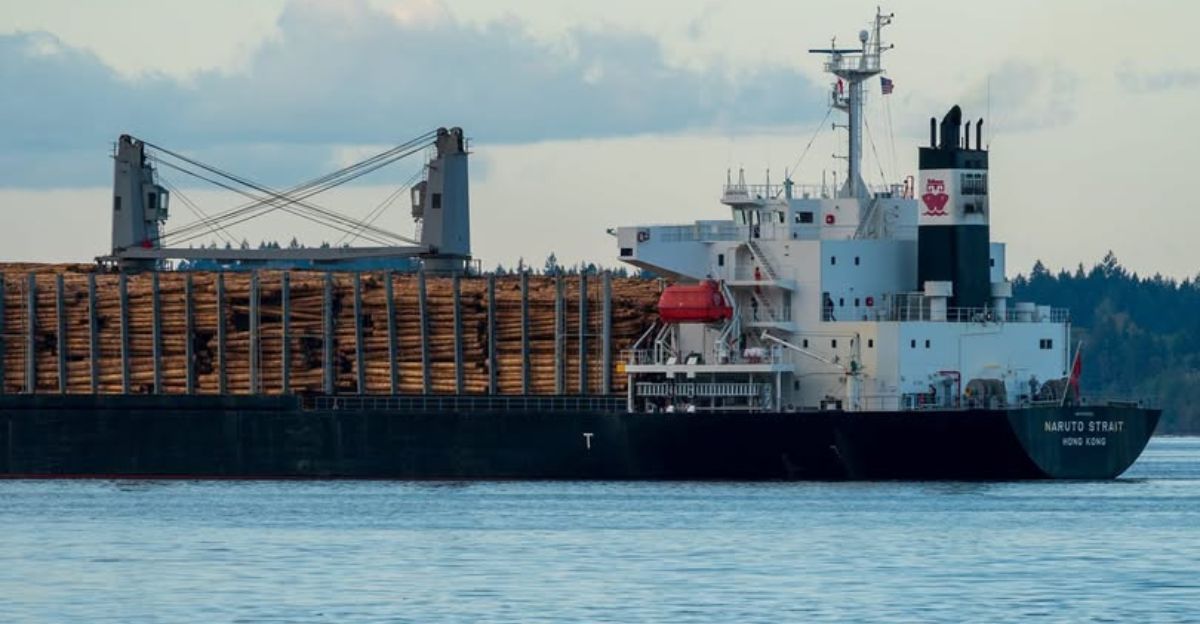
China formally suspended U.S. log imports on March 1, 2025, citing the discovery of bark beetles and other pests in cargo. This action is generally interpreted as a retaliatory escalation in the ongoing trade dispute between the United States and China. Together with new agricultural tariffs aimed at American producers, this decision left Alaskan exporters stranded right away with unsold inventory and no viable alternatives. Primary operations, including the Transpac Group’s Afognak Island site, announced partial closures and widespread layoffs.
Businesses frantically searched for alternative purchasers in South Korea, Vancouver, and domestic markets; however, the expenses of transportation and market realignment resulted in significant financial losses and the termination of permanent positions. These sites’ closure is the most recent chapter, not a one-off incident.
The Human Impact of Layoffs’ Magnitude
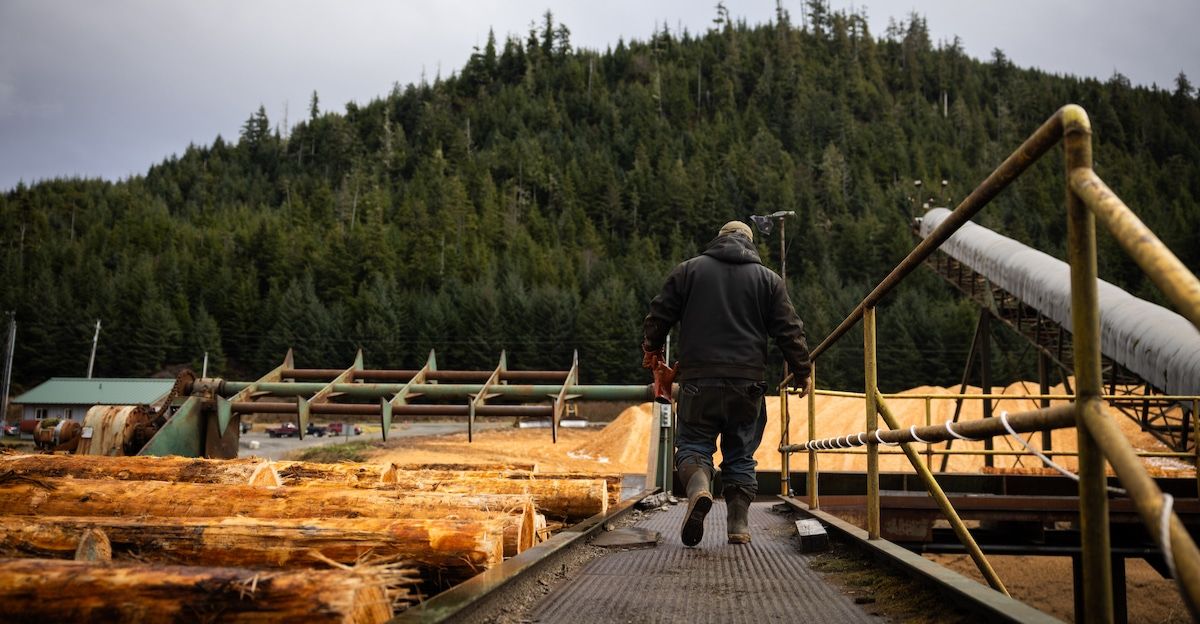
Large numbers of employees have been sent home by companies like Transpac Group and Alcan Timber as a result of the rapid and severe layoffs. For instance, Transpac’s Afognak Island operation reduced its workforce by almost half, leaving only enough employees to complete maintenance contracts.
According to industry leaders, these sites will permanently close if the China ban is not lifted soon, eliminating dozens of highly specialized jobs that sustain entire rural economies. Nearly 1,200 Alaskans were directly employed by the industry in 2019, but layoffs in 2025 have virtually instantly reduced that number by double-digit percentages.
Economic Repercussions: An Exposure of the House of Cards
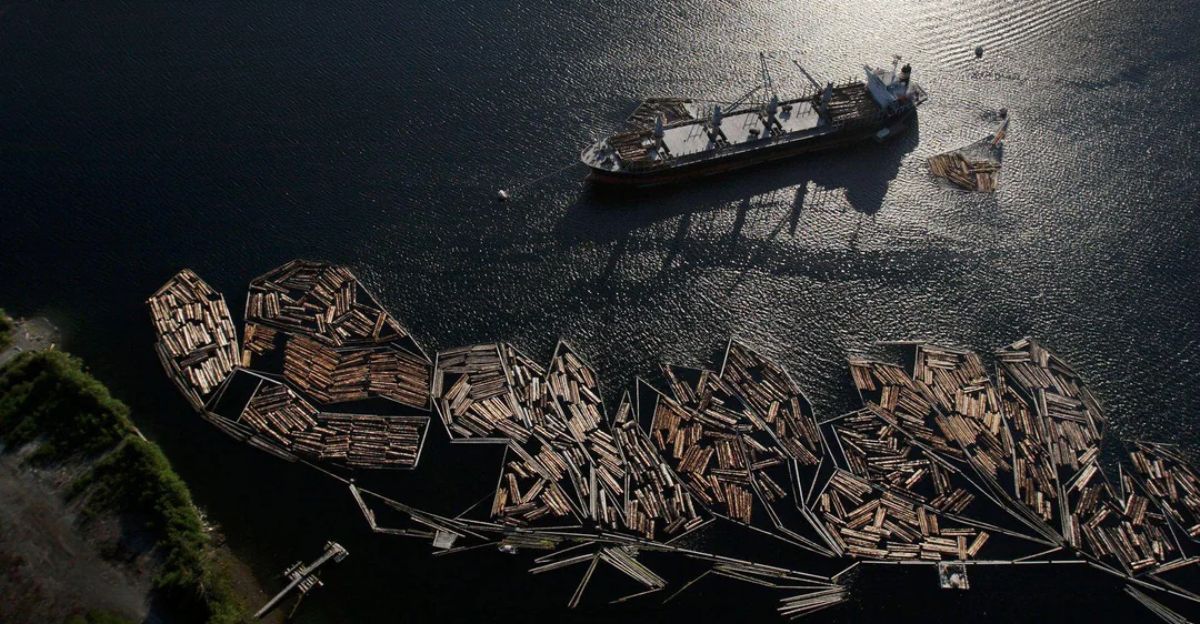
The impact of the timber industry goes well beyond creating jobs directly; for every job created by the timber industry, 1.2 more jobs are created in other areas of the local economy. Revenues from timber sales have topped $150 million in prosperous years and have been essential in helping the state and boroughs pay taxes and royalties.
These revenues have been destroyed by the export ban from China, placing additional strain on municipal budgets that are already being strained by dwindling oil and fisheries revenues. Additionally, the inability to move inventory puts businesses in financial danger, causing some to default on contracts and loans, like Yak Timber, which declared bankruptcy in 2023. The long-term sustainability of Alaska’s timber towns is threatened by the uncertainty of future markets, which deters reinvestment in equipment and infrastructure.
Systemic Issues and Weaknesses in the Structure

Due to its extremely small harvestable land base—nearly 99 percent of the Tongass National Forest is off-limits to commercial cutting, and there are virtually no harvests from the Chugach, the country’s second-largest forest—Alaska’stimberindustry is particularly vulnerable. Investment is discouraged by regulatory and legal uncertainty brought on by environmental litigation and changing federal policies.
Furthermore, because Alaska is so far away, the cost of transportation to other markets in Asia and the continental United States rapidly reduces pricing power, particularly when moving away from China’s well-established logistics networks. When a major customer like China pulls the plug, the industry is highly vulnerable. These factors, along with an aging workforce and declining capital investment, make the sector fragile even in the best of times.
Is This Reset Really Necessary?
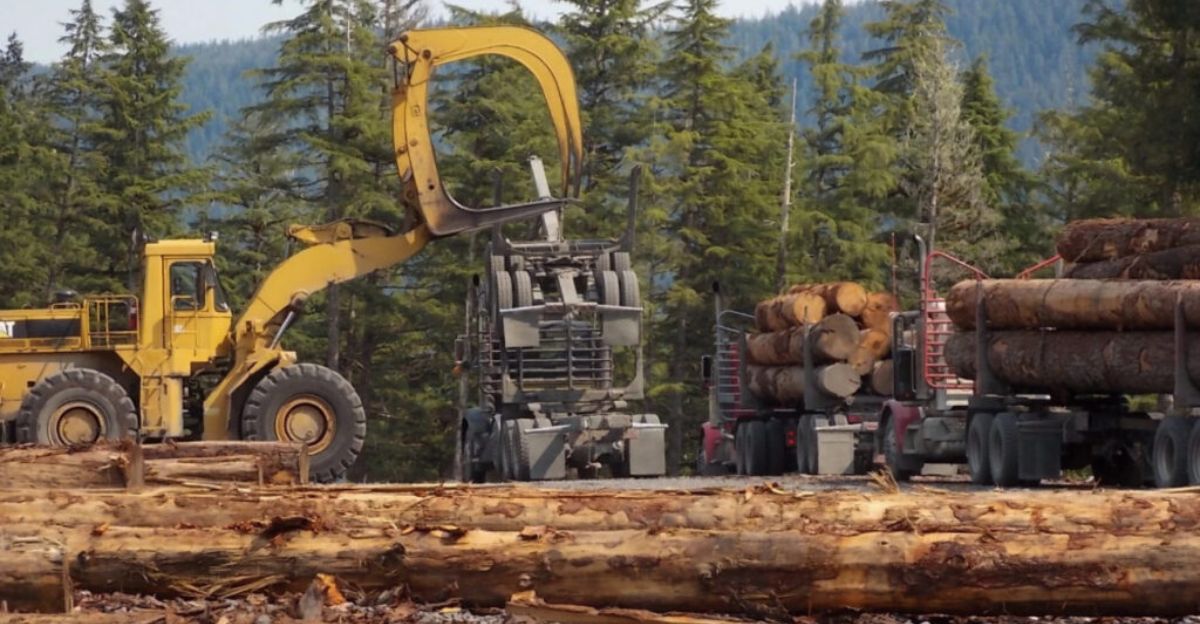
Some analysts contend that deeper inefficiencies and social costs were concealed by Alaska’s log export boom, which was driven by China. The industry lost the incentive to invest in higher-value, local processing that could have produced more resilient, diverse jobs by concentrating on exporting raw logs, frequently at prices set by Chinese demand. Despite its harshness, critics argue that the China ban might eventually compel a strategic rebirth centered on sustainable harvests, value-added manufacturing, and the restoration of degraded working forests.
Even though this market shock hurts, it may result in a more inventive and healthy industry that is less vulnerable to foreign policy backlash and global commodity whiplash. Still, it’s unclear if Alaska will benefit from this forced reset or if it will only hasten decline.
The Relationship to International Timber Markets
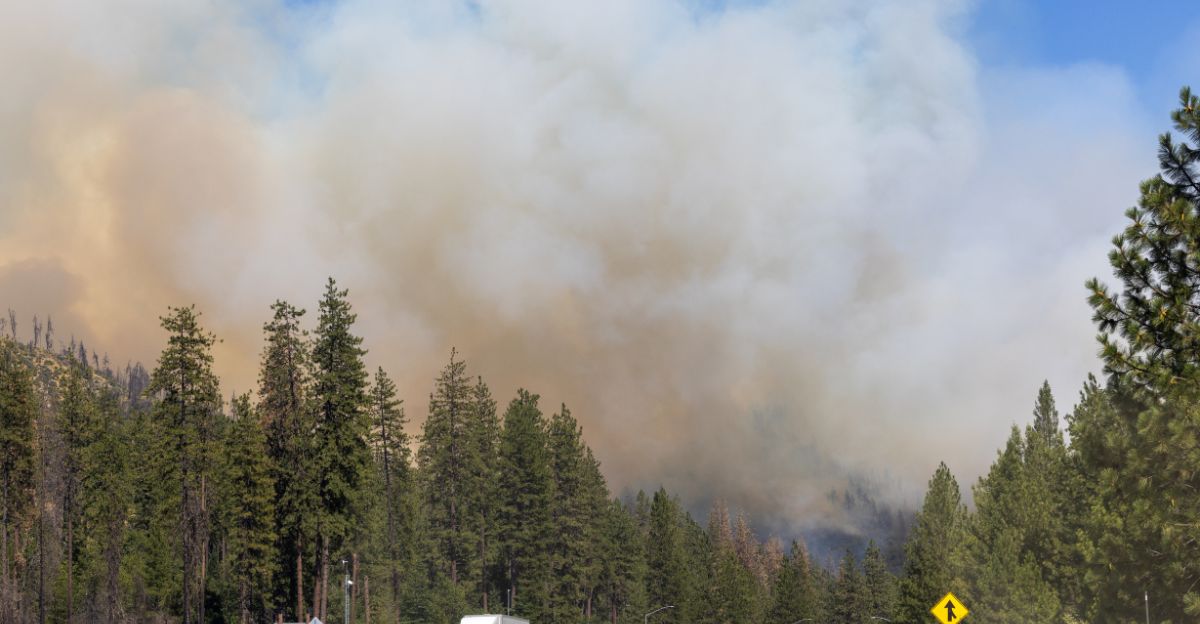
The crisis in Alaska is not happening in a vacuum. With rapidly expanding economies like Vietnam and Indonesia increasing their output while climate-related wildfires and pest outbreaks are limiting supply elsewhere, the global timber market is undergoing significant change. The emergence of less expensive suppliers who can capture market share in China and other countries has undermined U.S. exports, which were once competitive.
In addition to losing Chinese demand, Alaska is facing a more competitive and crowded global market as it attempts to change course. Alaska might become a case study of how international supply chain realignments can quickly destroy resource-dependent regions if new niches are not found.
Unintentional Repercussions of Environmental Fallout
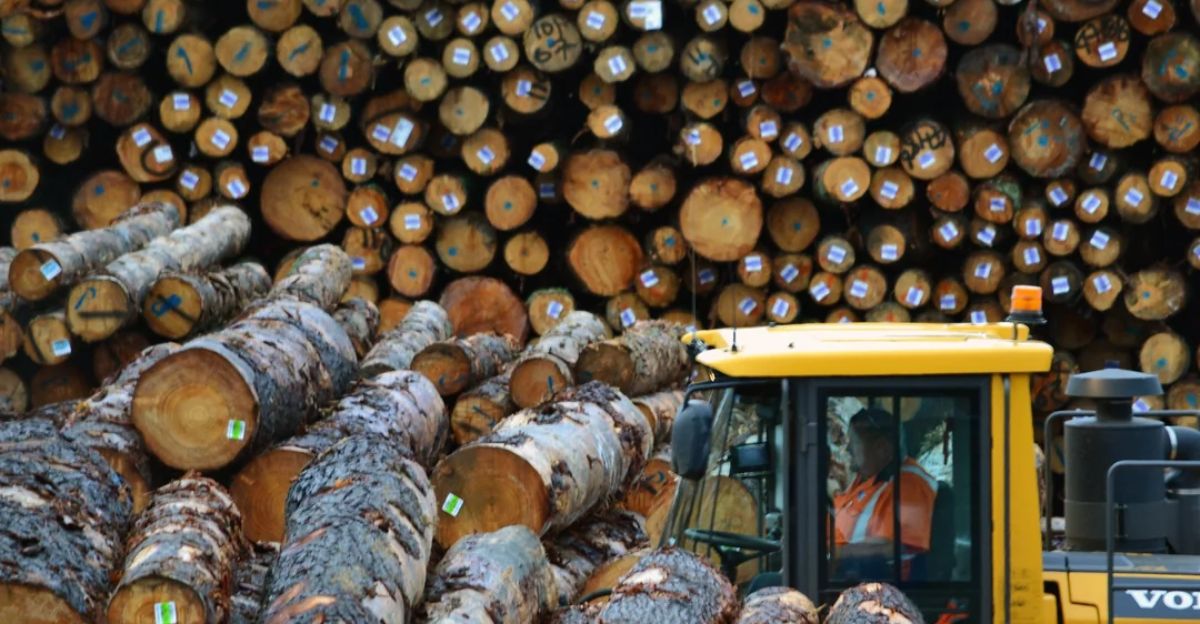
Ironically, rather than reducing some ecological risks, the abrupt halt in commercial logging may make them worse. Frequent, sustainable timber harvests are essential for forest health and wildfire prevention, but since sales have been suspended in China, fuel loads in Alaska’s overgrown forestlands are likely to increase.
In the meantime, the local stewardship capacity required for successful conservation is eliminated by job loss. Depopulation and closed mills in former logging towns can result in a rise in illegal harvesting, a reduction in community funding for environmental and fire services, and increased regulatory noncompliance. The lack of a sustainable timber industry presents a number of new threats to Alaska’s forests and communities that both activists and legislators must address.
Indigenous Communities: Untold Stories and Unique Situations
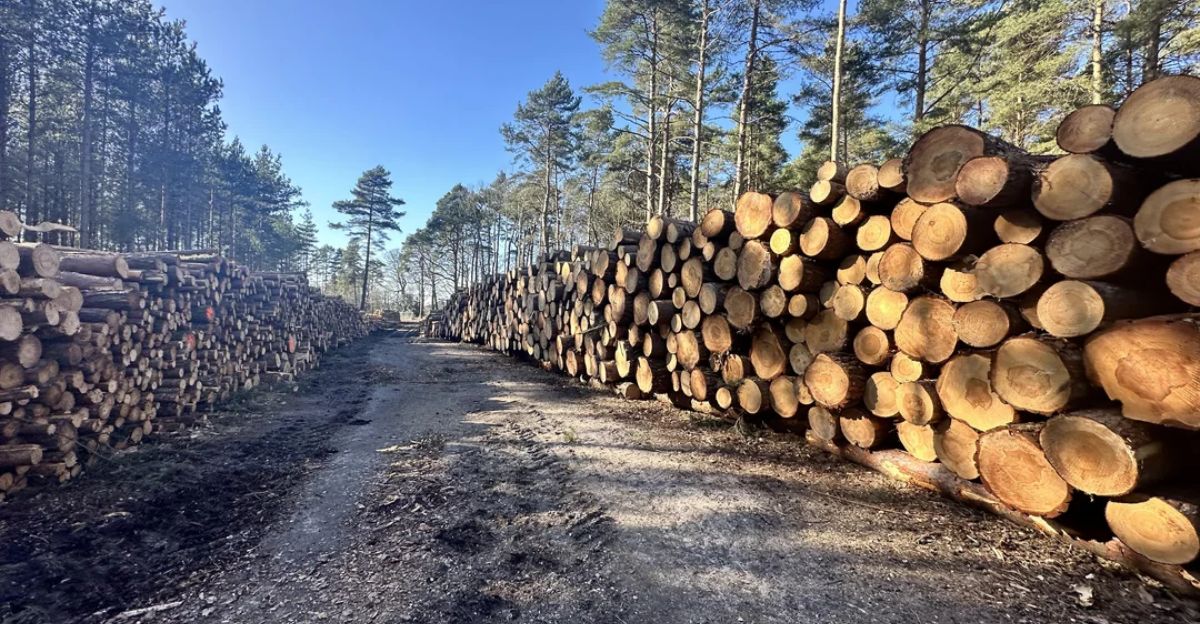
Indigenous Alaskan economies are particularly affected by the China ban. Numerous Native corporations own land dedicated to the production of timber, and they use the profits to pay for cultural preservation, education, and social services. For example, leasing timber to logging companies is a significant source of income for the Afognak Native Corporation, but the ban has dried up this source of income.
Indigenous landowners’ sovereignty is disproportionately threatened by the loss, which forces them to choose more socially and environmentally problematic economic options like resource extraction or emigration. Ignoring this dynamic puts policymakers at risk of creating new forms of economic marginalization and escalating historical injustices.
Unexpected Economic Combinations: Building, Energy, and Timber
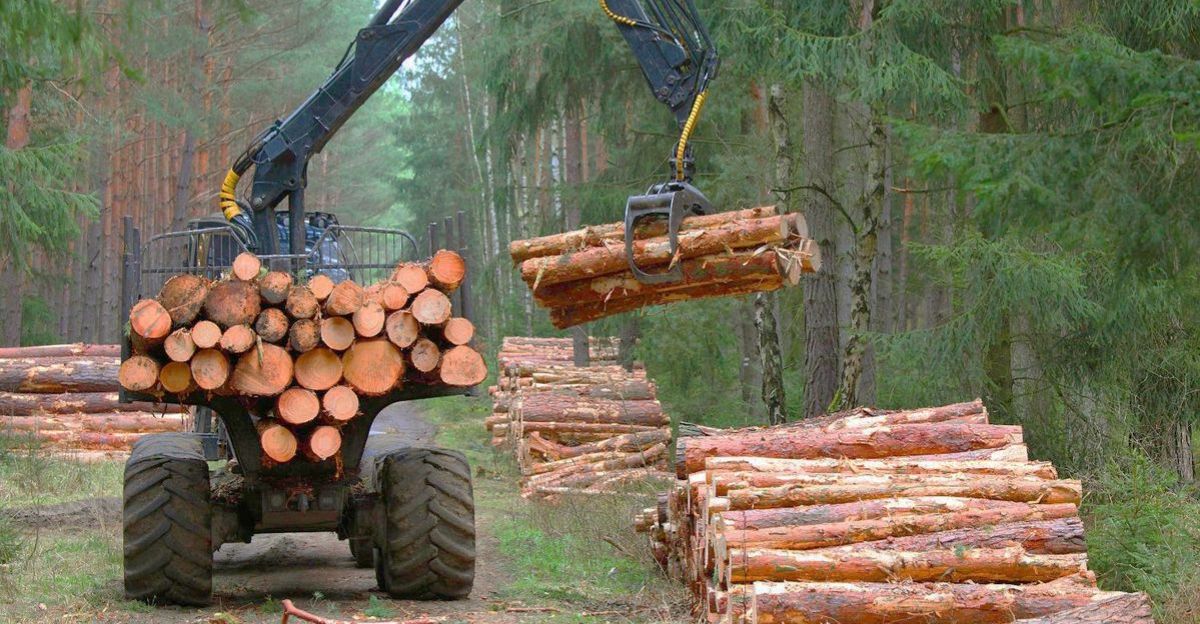
The timber crisis in Alaska is starting to affect other industries. The demand for local building, transportation, and even biomass-based renewable energy projects declines as a result of job losses and declining incomes in timber towns. The closure of sawmill and logging infrastructure has unpredictable repercussions because it frequently supports community heating and wildfire response.
Alaska may now have to replace lost timber with imported fossil fuels or out-of-state lumber, undermining both energy security and emissions targets, as a result of setbacks to the state’s ambitious climate and energy policy goals that rely on local biomass sourcing.
Legal Battles: The Desperate Struggle of Industry

In a desperate attempt to survive, Alaska’s timber companies have resorted to the legal system due to federal restrictions and dwindling supply. Asserting that the U.S. Forest Service is not fulfilling its legal responsibilities under the Tongass Timber Reform Act, lawsuits filed in 2025 call for the agency to supply more old-growth timber from the Tongass.
This is disputed by the U.S. Department of Justice, which contends that it is only obligated to “seek to” supply enough timber, not to ensure it. Investment planning is further disrupted by this legal limbo since businesses are unable to rely on a consistent supply in the future, which increases the risk of diversification and alternative business models.
An Example of a Black Swan in Timber Communities
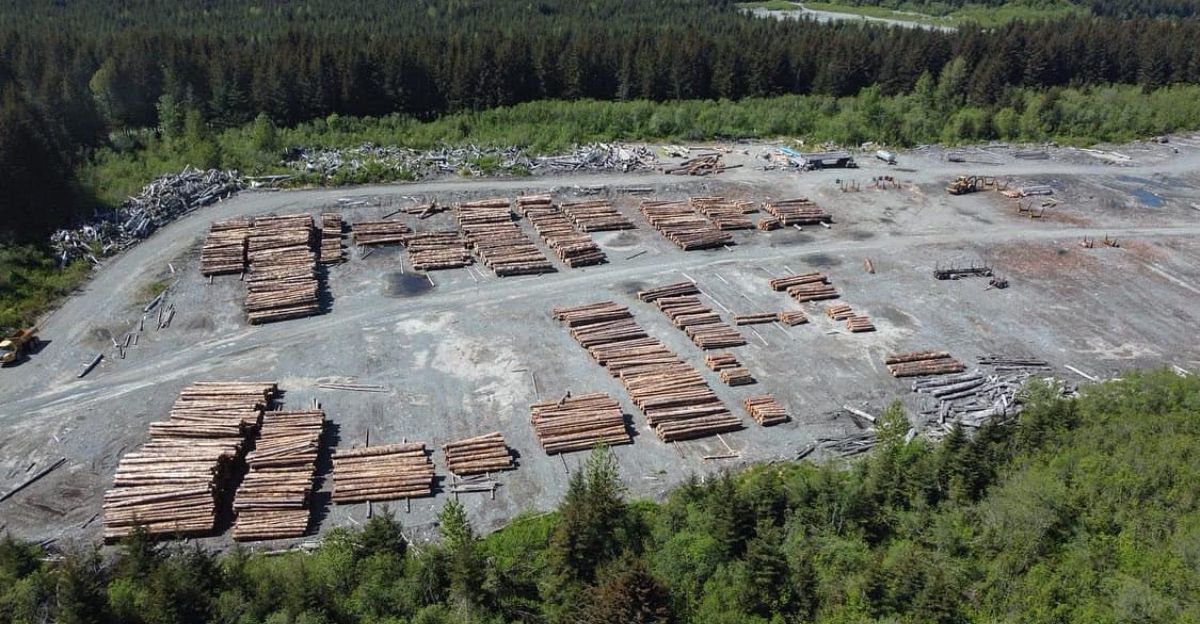
Alaska may see mass bankruptcies, ghost towns, and the breakdown of regional supply chains if the China ban is maintained until 2026. The economies of hunters, trappers, and outfitters that rely on well-maintained forest roads and productive working forests will not survive.
The trauma is not limited to the economy; as desperation and migration worsen, social problems like family breakups, a rise in crime, and deteriorating mental health could become widespread. Policymakers might be compelled to take drastic measures in this “black swan” scenario, such as direct income assistance, timber operation subsidies, or a large-scale federal redeployment of jobless workers to conservation or wildfire management initiatives.
Long-Term Socioeconomic Changes

One season won’t be enough to undo the shocks caused by the China ban. Depopulation in rural Alaska and the loss of institutional knowledge about forest management are examples of second-order effects that could prevent recovery for decades. Although history indicates that such shifts are politically and logistically challenging, third-order outcomes might see elected officials reevaluate Alaska’s excessive reliance on extractive industries and advocate for proper economic diversification.
The social, ecological, and economic makeup of the Alaskan interior may be drastically changed if private and Indigenous landowners divide ownership, look for contentious buyers, or move land toward incompatible uses in the absence of coordinated state or federal responses.
Is Alaska’s Timber Industry Able to Adapt and Survive?
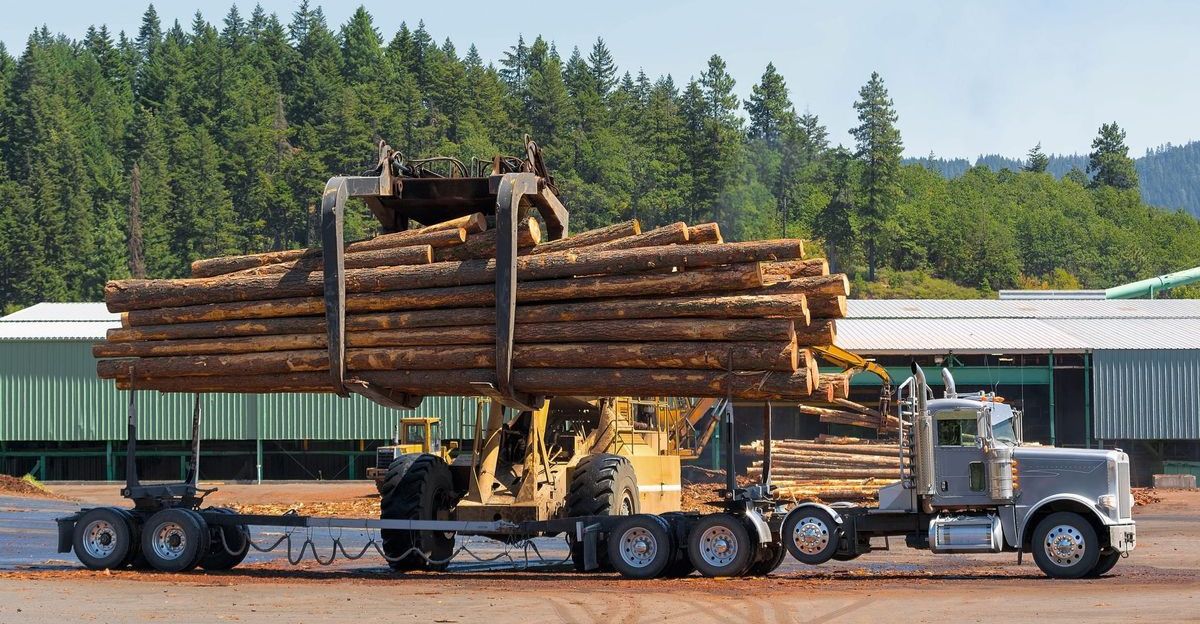
Alaska must decide whether to use this crisis as a springboard for change or try to wait out the China ban in the hopes that the market will rebound. Without bold new strategies and decisive intervention, the odds are against us. Restructuring the industry around low-volume, high-value products, sustainable forest stewardship, and cross-sector innovations that connect timber with energy, climate adaptation, and wildfire resilience may be essential to survival.
Large tracts of Alaska’s rural terrain will continue to deteriorate and be abandoned if nothing is done. The crisis in the timber industry, which was sparked by China’s abrupt withdrawal, is a sign. The way that Alaskans react will be a model for other resource-dependent areas worldwide.